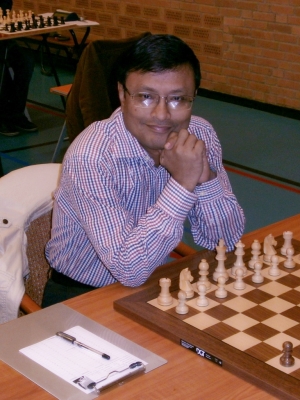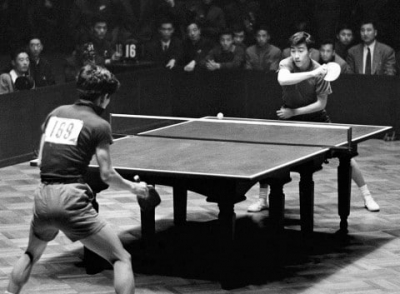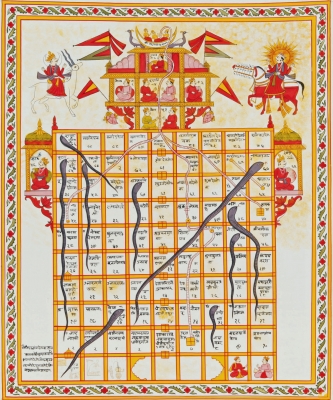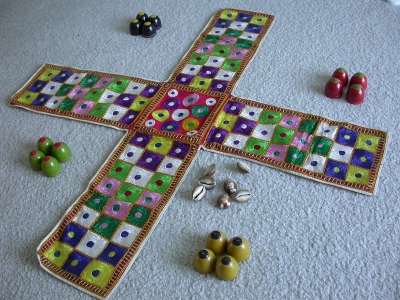
Dibyendu Barua (born 27 October 1966) is an Indian chess grandmaster. He is a three-time Indian Chess Champion. He was awarded the Grandmaster title in 1991 by FIDE, becoming the second Indian to achieve the title, after Viswanathan Anand. In 1983, he won the Indian Chess Championship for the first time. He has since won it twice more, in 1998 and 2001.
From a very early age, Barua started showing his talents in the game of chess. By the age of 12, he was the youngest to participate in the National Championship. Apart from the 1972 international feat, the notable achievements of Dibyendu Barua include his performances against Korchnoi in 1982, H Spangenberg in 1996 and M Basman in 1991.
urprisingly enough, his performance was looming at a low than expected after he became the International Master. There was a slow down in his career and it took him nine long years to become a Grandmaster in 1991. Lack of funds made it tough for Dibyendu Barua among the horde of flourishing youngsters.
Grandmaster Dibyendu Barua is still attached with the game of chess. He is now endeavoring to impart his knowledge of chess to the upcoming chess players of the future.
Picture Credit : Google






